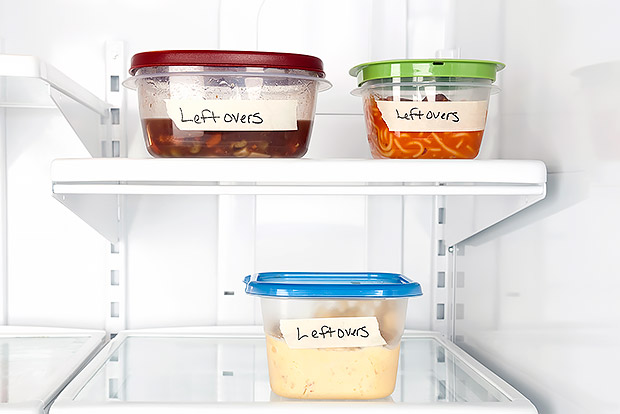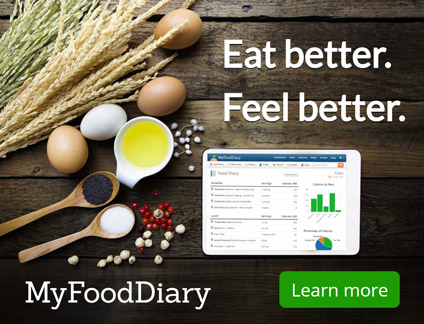
Properly using leftovers is a great way to increase the efficiency of home cooking. For example, a big slow cooker of pinto beans can be used for several days as a hearty lunch, a filling for breakfast burritos, and a side dish for tacos. While leftovers are great, you should familiarize yourself with best practices for avoiding foodborne illnesses.
Always refrigerate leftovers as soon as possible, ensuring they don't stay at room temperature for over 2 hours. (This time limit drops to 1 hour in hot weather.) Ensure your refrigerator is set below 40 degrees Fahrenheit (4.4 degrees Celsius) to prevent the rapid growth of bacteria.
Label each container with the date so you remember when it was prepared, and always throw it out if there is any question concerning its safety. It's better to be safe than sorry.
Assuming your leftovers are properly sealed and stored, most foods can last 3-4 days in the refrigerator before you need to toss them. The following table shows a few exceptions to this rule.
| Food | Maximum Storage Time |
|---|---|
| Bacon | 4-5 days | Egg (hard-boiled) | 7 days |
| Gravy (meat-based) | 1-2 days |
| Ground meats | 1-2 days |
| Rice | 1 day |
Sources



 4 Tips for Healthy Office Meetings
4 Tips for Healthy Office Meetings
 11 Healthy Distractions to Help You Stop Snacking
11 Healthy Distractions to Help You Stop Snacking
 6 Tips for Hosting a Healthy Party
6 Tips for Hosting a Healthy Party
 10 Ways to Cut 100 Calories (or more!)
10 Ways to Cut 100 Calories (or more!)
 8 Ways to Celebrate Your Weight Loss
8 Ways to Celebrate Your Weight Loss
 Healthy Changes You Can Make in Minutes
Healthy Changes You Can Make in Minutes
 6 Grocery Shopping Mistakes
6 Grocery Shopping Mistakes
 Tips to Prevent High Blood Pressure
Tips to Prevent High Blood Pressure

 Pinterest
Pinterest RSS Feed
RSS Feed